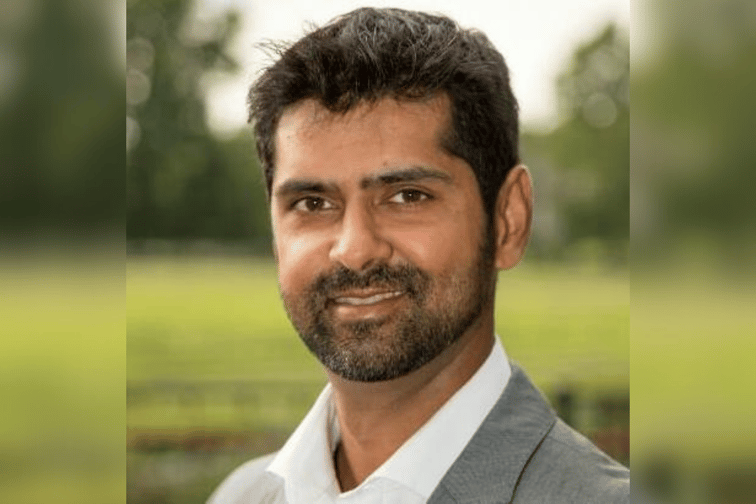

The COVID-19 pandemic has had a significant impact on consumer priorities, with 45% planning to save more, and those most impacted financially seeking to mitigate future financial uncertainty, according to a new survey by EY.
The EY Global Insurance Consumer Survey, which polled more than 2,700 consumers across Europe and North America, offers insights into how the pandemic has affected consumers’ lives. The survey grouped respondents into three segments: most financially impacted, moderately financially impacted, and least financially impacted.
Ninety-one per cent (91%) of the most financially impacted segment experienced a loss in work schedule, 90% experienced a loss of income, and 86% said they had to dip into their savings to meet everyday expenses, EY found.
North American consumers felt the impact of the pandemic more severely than those in Europe, where governments provided more financial support. For instance, the French government paid up to 70% of the gross salary of those who were temporarily unemployed. Globally, the most financially impacted consumers plan to minimize future risk through financial planning. They are much more likely than those in the other segments to develop an emergency savings plan, speak with a financial advisor, increase contributions to pensions or retirement accounts, or purchase new forms of insurance.
Despite the group’s greater attraction to financial preparation, the majority (60%) said they hadn’t been contacted by their insurance provider since the beginning of the pandemic. Sixty-three percent of this demographic said they didn’t completely understand the extent of their life insurance coverage.
“Insurers that proactively connect with consumers most financially impacted by the pandemic communicate the value and purpose of insurance and provide protection solutions in a time of need that can help them recover, while forming the foundation for long-term customer relationships,” said Bernhard Klein Wassink, EY global insurance customer and growth offering leader.
The most financially impacted consumers were also interested in what insurers were doing about social responsibility. More than half of those in the segment said that an insurance company’s demonstrated commitment to social responsibility causes like racial justice (58%), environmentalism (55%), income inequality (58%), police brutality (54%), and employee relations (57%) is a very important component of their decision about purchasing insurance products.
People in the most financially impacted demographic were much more likely to be personally involved in social responsibility causes. The survey found that the most financially impacted consumers were almost twice as likely (61% vs. 31%) to donate money, time or supplies to a racial justice organization as respondents overall.
“Insurers need to think differently about how they demonstrate their purpose,” said Fayaz Jaffer (pictured), EY Americas insurance product innovation leader. “They have a unique opportunity to reach an energized audience by amplifying and better communicating their corporate social responsibility efforts.”
Across all three demographics, respondents showed an appetite for insurers to offer flexible, cost-effective policies that addressed changing consumer behaviors and areas of concern, EY found.
From a life insurance and retirement perspective, respondents’ top concern was financial wellbeing, followed by the loss of a loved one. Respondents were interested in products that covered loss of income and other existing financial commitments, as well as insurance products related to health expenses. According to the survey, respondents were most interested in:
From a personal lines perspective, respondents’ top concern was cyber fraud as a result of increased time at home, followed by paying insurance on a car that’s being driven less. As a result, respondents expressed the most interest in products like:
“The insurance industry can maintain its relevance by playing a critical role in both the recovery of consumers and the wider economy from a financial perspective,” Jaffer said. “Now more than ever, insurers must focus on a client-centric product innovation strategy to meet evolving consumer needs, provide protection to those in need, and position themselves for future growth.”
